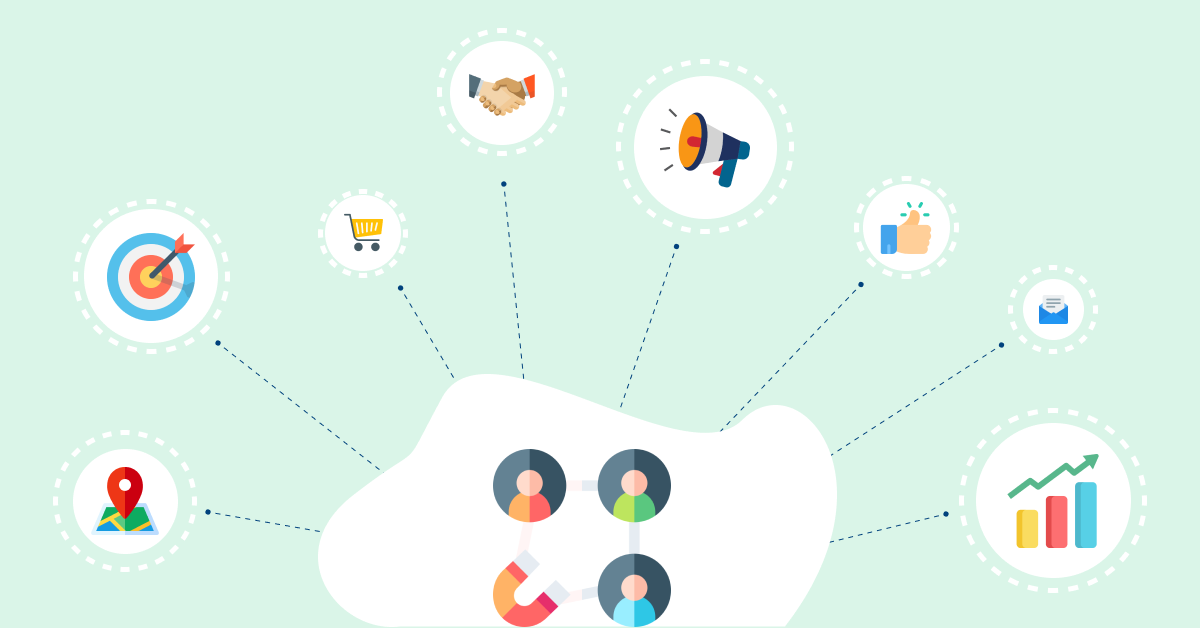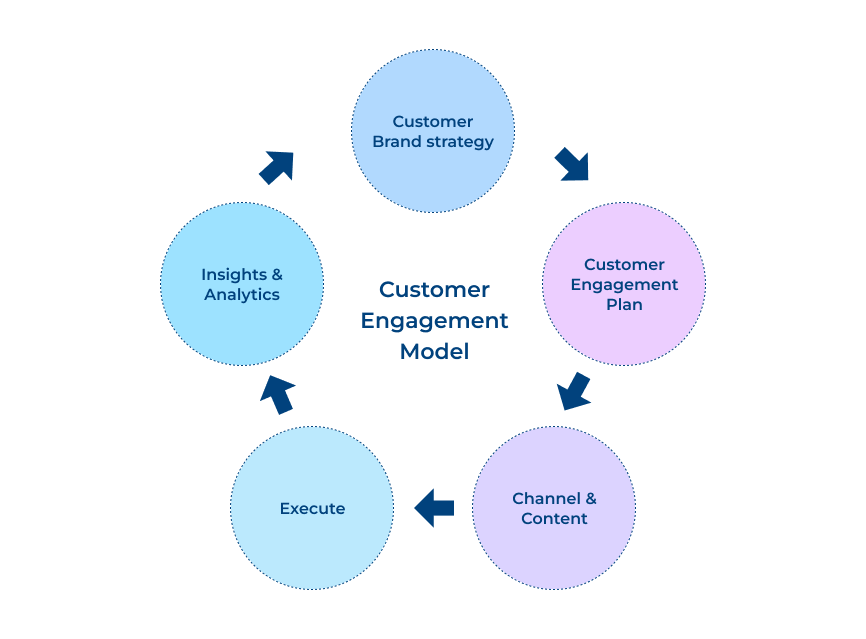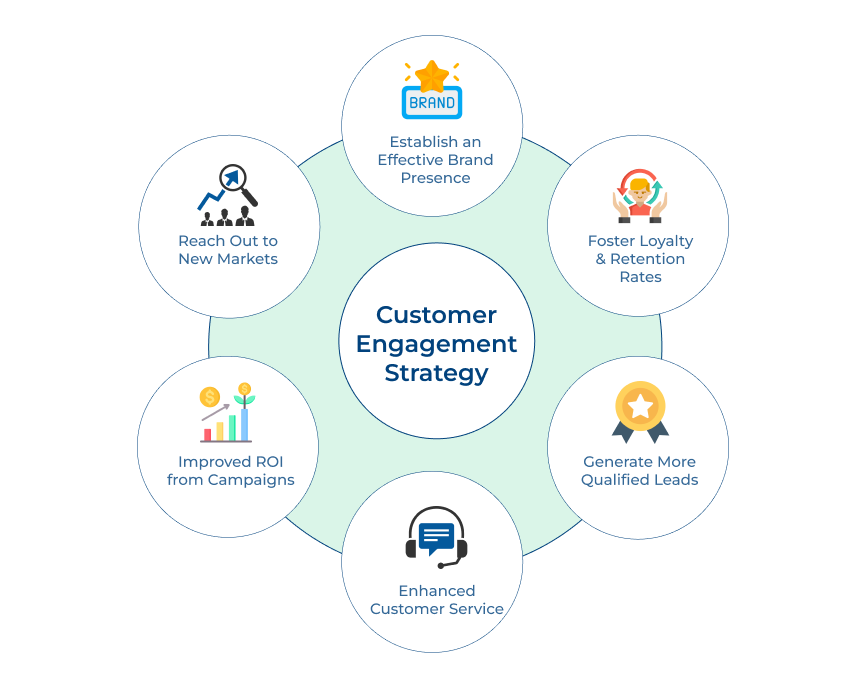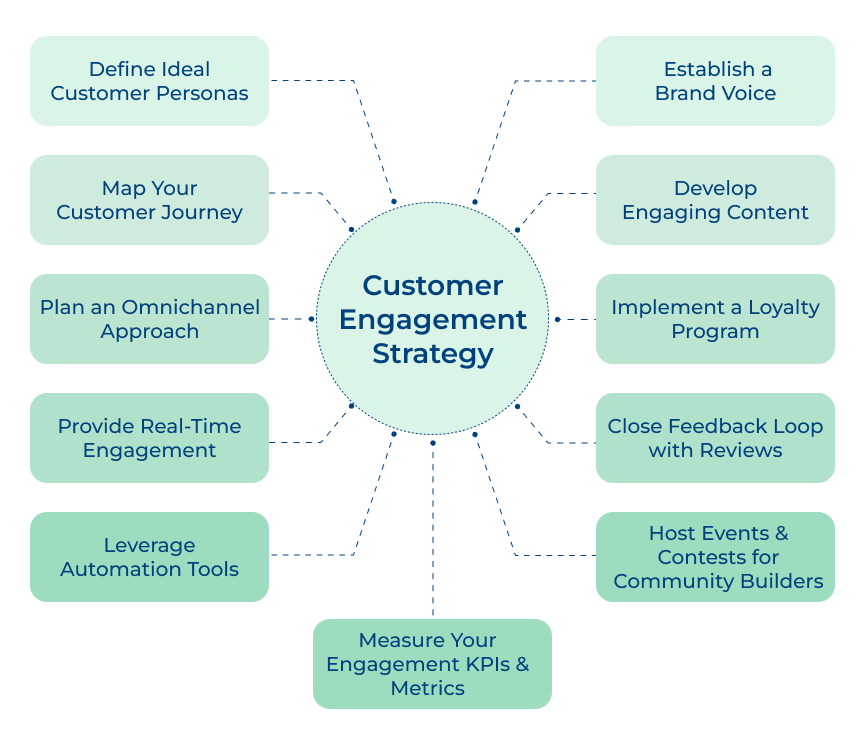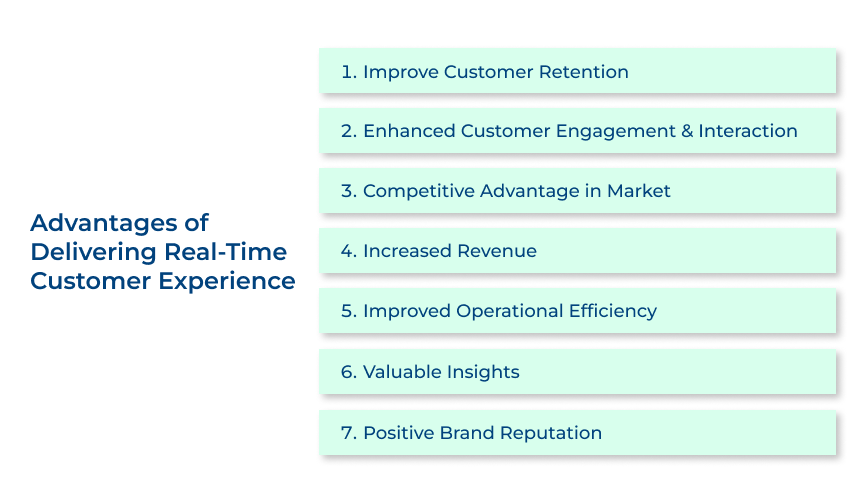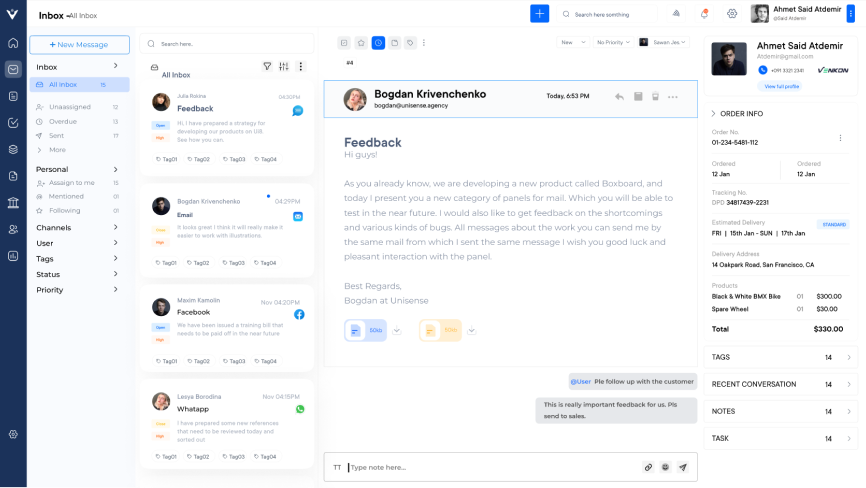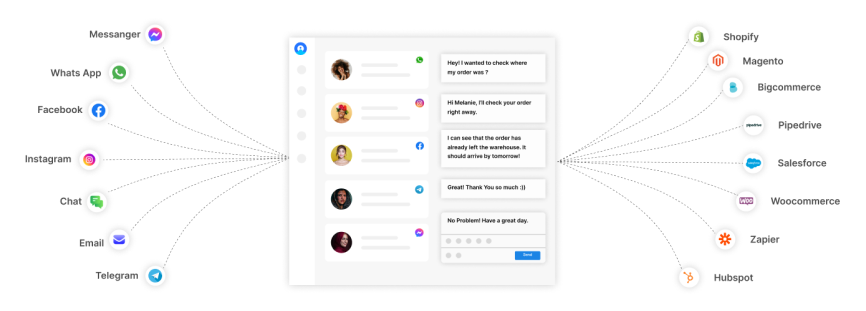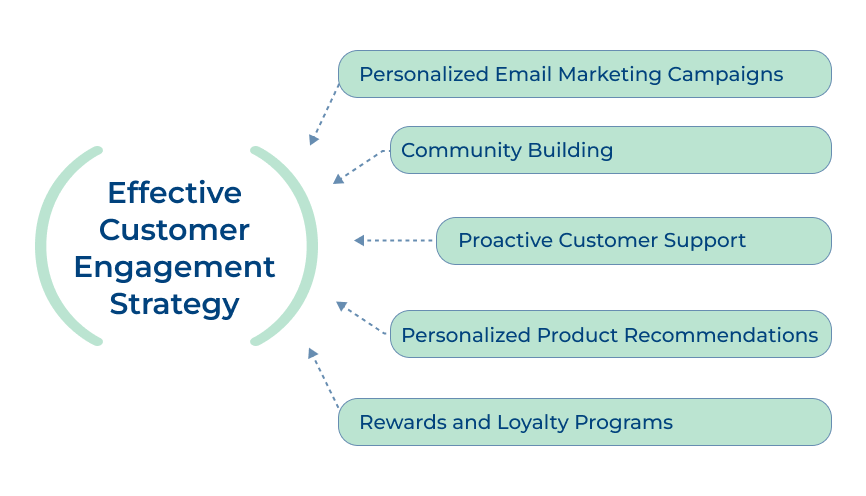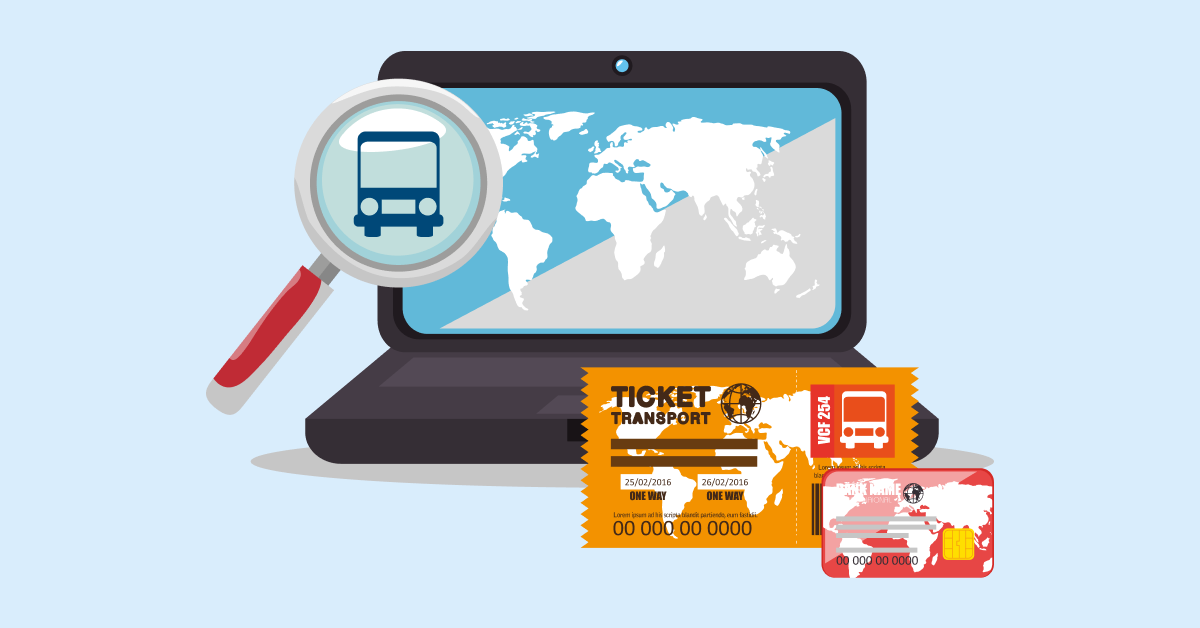1. Personalized Email Marketing Campaigns
Segmenting the customer database and tailoring messages based on their preferences allows the business to deliver relevant content to the audience. Personalization in email marketing can involve including the recipient’s name, sending targeted product recommendations or providing exclusive promotions based on their purchase history. The strategy ensures the messages resonate with customers, driving higher open rates, click-through rates and conversions.
2. Community Building
Building a strong presence on platforms allows businesses to interact with customers directly, gather feedback and address their concerns promptly. Creating engaging content, running contests and initiating conversations can help promote a sense of community. It also keeps the customers connected to the brand. Responding to comments, messages and reviews promptly demonstrates a commitment to customer satisfaction.
3. Proactive Customer Support
Implementing proactive support such as live chat and chatbots on the website enables customers to get instant assistance, enhancing their overall experience. Leveraging artificial intelligence and chatbots can automate responses to frequently asked questions, freeing up support agents to handle more complex issues. Proactively reaching out to customers regarding updates, outages or service interruptions demonstrates transparency and a commitment to customer success.
4. Personalized Product Recommendations
Brands can provide tailored product recommendations or personalized information feeds to their customers by leveraging customer data. It can be done through personalized landing pages, email marketing or targeted advertising. The strategy helps to drive sales conversion rates and enhance overall customer satisfaction. It ensures the users are suggested solutions that align with the customer’s preferences and purchase history.
5. Rewards and Loyalty Programs
Implementing a rewards or loyalty program incentivizes customers to continue engaging with the brand and make repeat purchases. It can be achieved through a points-based system, exclusive discounts or access to VIP events. Loyalty programs not only encourage customer retention but also create a sense of exclusivity and appreciation among customers.
Challenges While Implementing an Effective Customer Engagement Process
Check out the common challenges businesses face when implementing customer engagement processes and offer insights on how to navigate them successfully.
Not assessing customer needs: Effectively understanding customers’ needs, wants and preferences is the foundation of any successful customer engagement program. Conducting thorough market research, surveys and customer feedback analysis can provide critical insights into customer expectations.
Failing to track performance: Measuring the performance of customer engagement efforts is essential for gauging the effectiveness of the strategy. Key performance indicators (KPIs) such as customer satisfaction scores, customer retention rates, and response times can offer valuable insights. Businesses may struggle to identify successful tactics and areas needing improvement without proper performance tracking.
Improper segmentation of customers: Customer segmentation plays a pivotal role in tailoring communication and engagement efforts for different customer groups. Relying on data-driven insights allows businesses to deliver personalized experiences to various segments. Neglecting proper segmentation might result in generic messaging that fails to resonate with specific customer groups.
Not being proactive about change management: Embracing change and staying current with the latest trends is essential for sustained success in the ever-changing culture of customer engagement. Companies must remain proactive in adopting emerging technologies, communication platforms and industry best practices.
Underestimating the impact of customer journey mapping: Customer journey mapping is a powerful tool for understanding the end-to-end customer experience. Neglecting to invest time in mapping customer journeys may lead to overlooking critical touchpoints and moments of truth. Understanding the customer’s experience from awareness to post-purchase can help identify pain points and opportunities for improvement.
Ignoring the potential of customer advocacy: Satisfied customers can become brand advocates, actively promoting the business through word-of-mouth and social media. Ignoring the potential of customer advocacy may lead to missed opportunities for organic growth and expanding the customer base. Nurturing customer advocacy through loyalty programs, referral incentives and social engagement can significantly amplify the impact of the strategy.
Implementing a Customer Engagement Program for Successful Growth
The importance of customer engagement has become more and more critical to businesses’ overall success. Companies that view customer engagement as a strategic priority have seen an increase in sales, customers and brand loyalty.
Building a customer engagement process should be one of the top priorities. It provides valuable insights into the wants and needs of the customer base which can help you craft more effective marketing messages. It also helps build brand awareness, loyalty and trust; all of which are key elements in driving sales growth.
